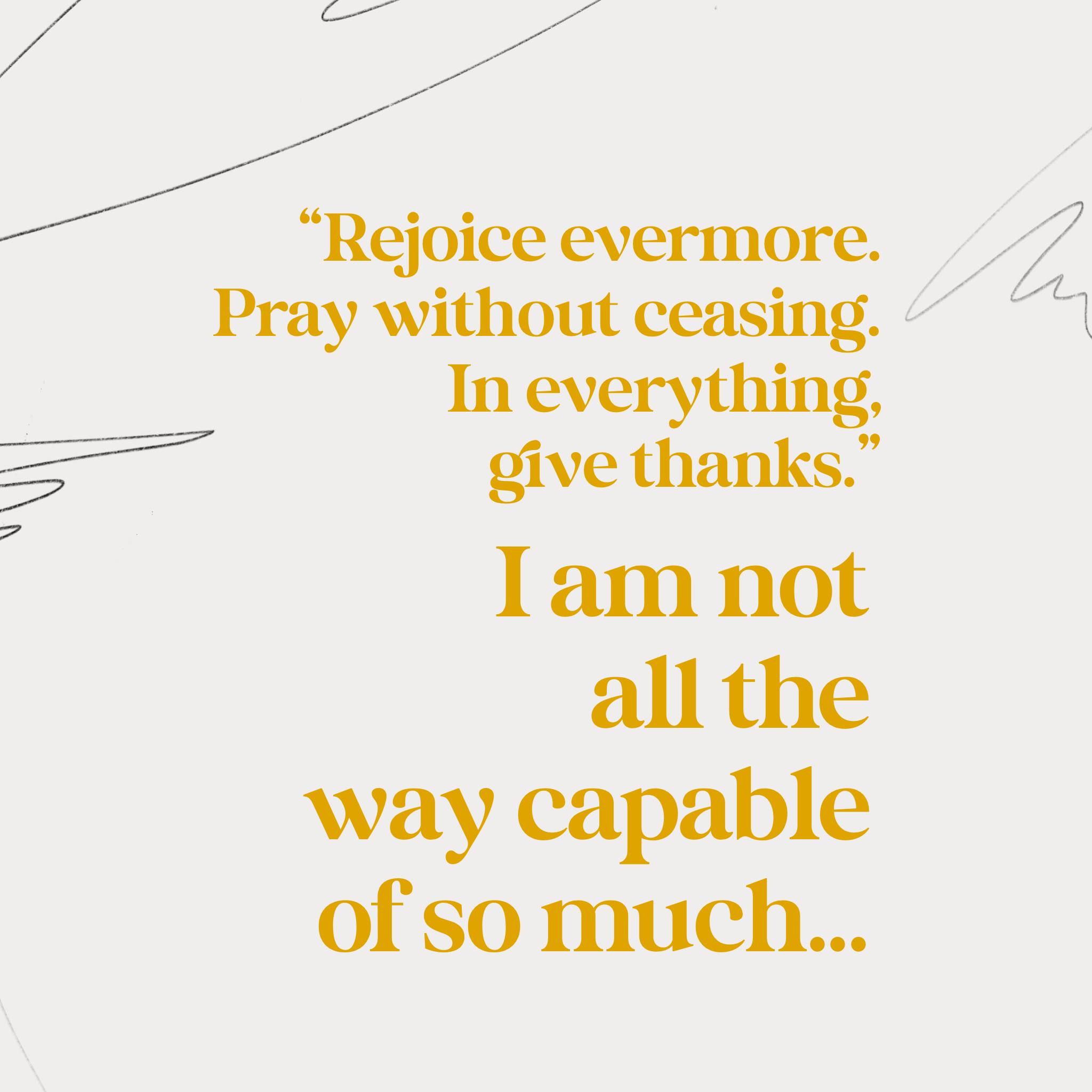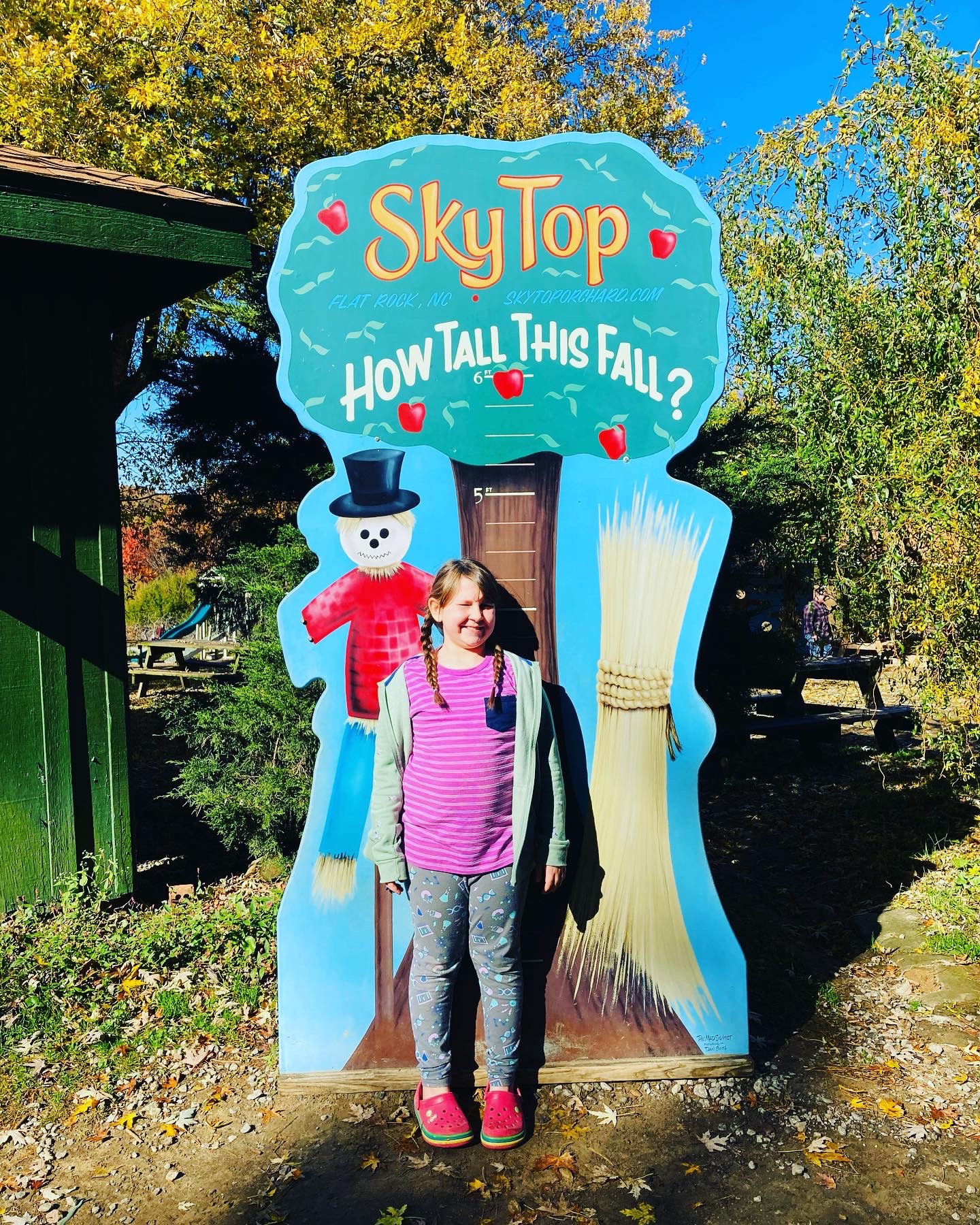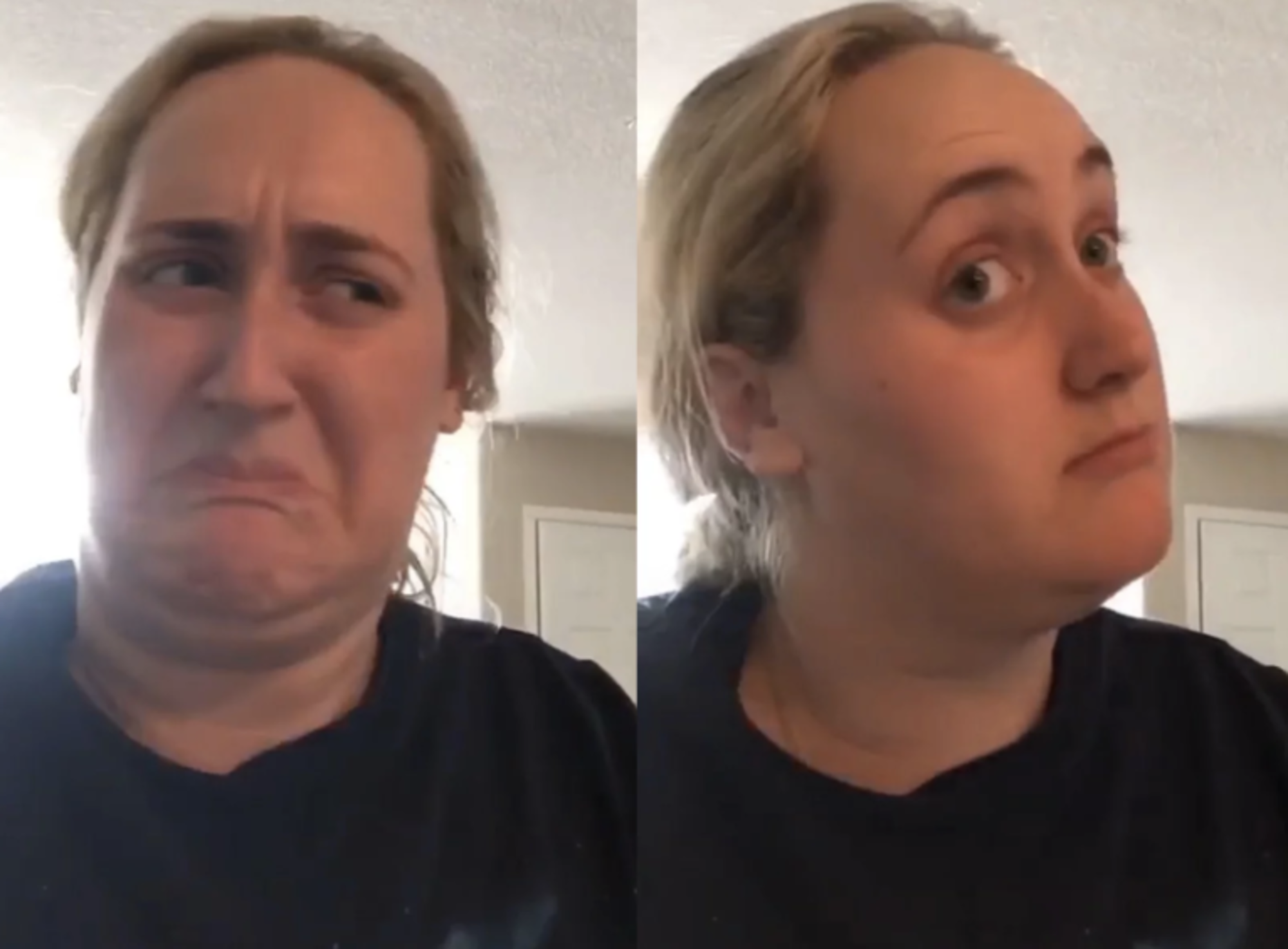There are two things that I simply have adored throughout this academic year: the concentration and literature suggestions from A Gentle Feast for learning about the 1800s… and my time sharing some of those enchanting stories with our dear co-op, EspritGVL.
I’ve had the delight of teaching Language Arts for both primary (1st-2nd) and lower elementary (3-4th) grades this year, and our sweet primary class is finishing up our time with Buffalo Bill next week– and will be having our own Wild West show(case) to celebrate our learning. (I’ll be doing another post about our activities, Wild West poster replicas, and our party once it is all done.)
The book that we used to learn about Buffalo Bill was the d’Aulaire’s version of the tale. They have a whole series of beautiful books that are lovely to learn from. (Sidenote: as will many books that cover historical characters, you might find some political views that you don’t agree with in there. If that’s the case, take the opportunity of those moments to discuss and learn why we do things differently now.)
To help my little learners in guiding narration and storytelling, copywork, and even a touch of spelling, they got to work through these Buffalo Bill journaling sheets that I created for them. I’d love to share them with you as well! We split the story into two weeks-worth of reading, so had a set of 5 pages per week to work through.
Feel free to download these sheets for your own personal use and share this post with others that might like to use them as well. 🙂
As a part of this unit, our class loved learning about buffaloes! We found out something pretty amazing about them. Unlike cows, who turn and run away from storms because they are afraid, buffaloes turn west and charge right into the gale to get through it faster! I wrote a little poem for our class about this new buffalo fact and shared it with them. Afterwards, the kiddos drew prairies with buffalo on it and also role-played the poem with some stuffies and a storm cloud. 🙂
I made the little poem into an animated video , if you’d like to learn more about the remarkable feature buffaloes have of facing storms.
(It must be mentioned that I have no idea how to animate anything, so I just winged this. No judgement, ha!)
Our class time doesn’t leave room for a lot of clip-watching, so I often send extra enrichment links to the parents if their student wants to learn more at home. If you are reading about Buffalo Bill now (or soon), these videos are great ones to add to the facts (and fiction) behind the tall tale.
About Buffalo Bill
Real footage of Buffalo Bill from 1908
Enhanced footage of Buffalo Bill’s Wild West Show
The Legends of Wild West: Buffalo Bill (an animated biography)
About Buffalo
All about American Bison (aka Buffalo)
Buffalo and Native Americans
About Native Americans
(same link above under Buffalo)
Cultural Perspectives of Art and Native Americans
We have now reached the part of our story process that I love the most! Once we finish a book, the students get to spend a week creating something that connects back to what we learned in some way… and then they get to showcase it to the entire class!
The creativity and excitement I see from them is just so encouraging, especially as a communication teacher. Most of my communication students are high school and college-aged, and somewhere along the way, fear and intimidation takes root and many students just hate the thought of getting up and sharing anything in a “formal” way. To give children opportunities to share and present in the smallest, but most pleasantest of ways, does a lot to preventing public speaking from turning into something scary and intimidating.
I’m looking forward to seeing what all my students bring to share with everyone, before we have a fun Wild West party! (I’m making some Western-themed carnival-like games… so wish me luck!)
I hope these few tools and resources add extra enchantment to an already exciting character and story!


























